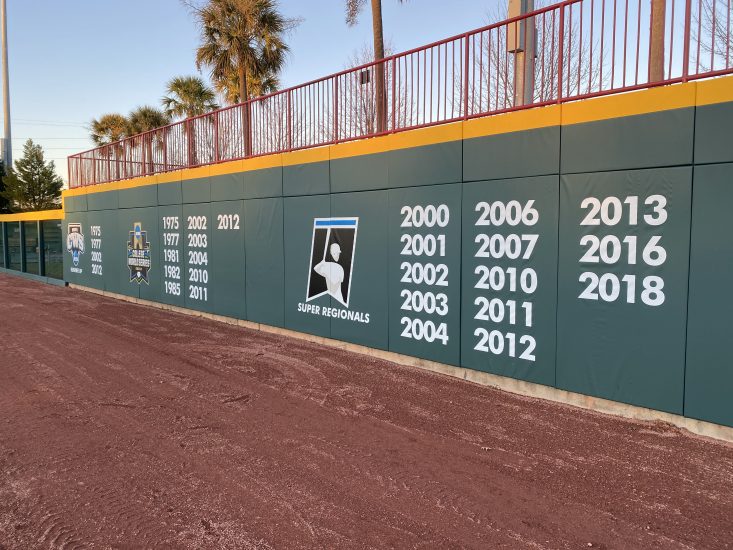Why Others Choose Aer-Flo Sports...
"I truly appreciate Camron — she's very helpful, quick to respond and all around a great Customer Service Rep to work with."
"AS ALWAYS!! A PLEASURE TO WORK WITH YOU. Great customer service and unbeatable response times."
—Damon Tackett, BSN Sports
"I wanted to let you know that our windscreen arrived last Tuesday in the morning and I had a crew of 5 guys get it up and on the fence before our game
against Davis County that night. It looks absolutely AWESOME! Thanks so much for all of your help with this. Our ballpark looks totally different
with this addition. I couldn’t be happier!"
"I would like to Thank you and Chris for putting these pads together. You have solved our safety issue with these Sportcourt Baskets. I will recommend anyone who needs to cover their poles your way. It's a great fit and design!"
—Dan Rios, St Charles Borromeo School
"Thank you very much. Working with you is great and I really appreciate your exceptional customer service!"
—Chris Rounds, Valley Athletics
